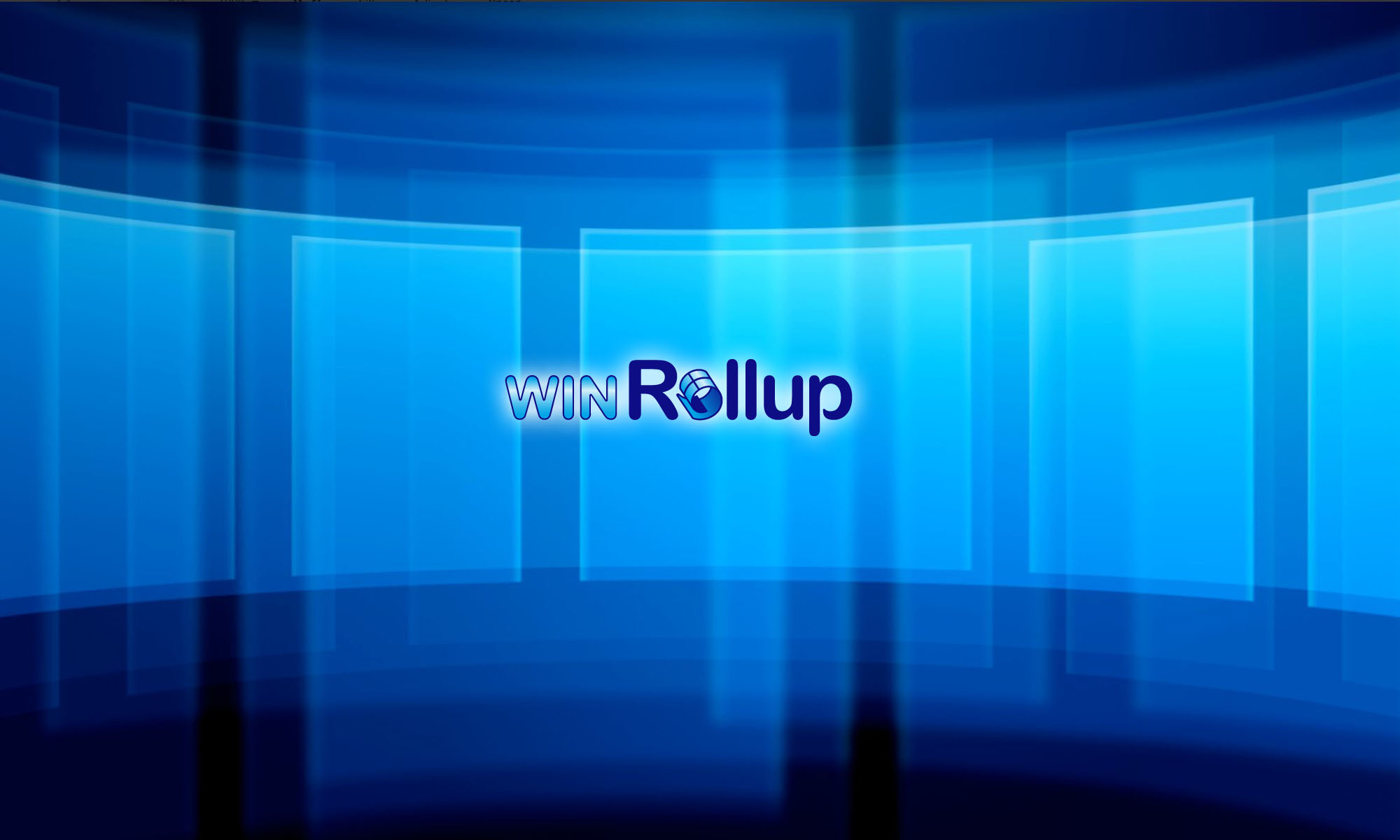#Update Path Environment Variable Using PowerShell In Windows 10
#These are the two PowerShell commands you need to permanently update the Path environment variable in Windows 10. If that is all you want to do then you do not need to read further than the following two commands. These commands all work in both PowerShell and PowerShell Direct.
|
1 2 |
$Old_Path=(Get-ItemProperty -Path 'HKLM:\System\CurrentControlSet\Control\Session Manager\Environment' -Name Path).Path #Save old Path variable value Set-ItemProperty -Path 'HKLM:\System\CurrentControlSet\Control\Session Manager\Environment' -Name PATH -Value ($Old_Path += ';c:\Important Executables') #Append new path to existing path variable |
#The Longer Story…
#Setx is the old way to modify registry entries and set environment variables. It still works if needed but PowerShell commands are all I am attempting to use at this point.
#Check mounted drives and filesystems
#You do not need to run the command below. Is just to prove a point about accessing different mount points.
#Run Get-PSDrive to see the drives available in PowerShell.

|
1 |
Get-PSDrive |
#▲You will see Env listed under the Name column and Provider is Environment meaning that the environment variables are an actual mounted file system to PowerShell and the same commands you use to manage other filesystems will work when modifying or adding environment variables manually.
#Add c:\Important Executables to the existing environment path for the current session only.
#Disconnecting your PowerShell session loses these changes when you reconnect to a new session. You instead need to update the registry to make the change permanent. There is no output for the following command but you would need to change c:\Important Executables to the directory you would like to include in your system path. This command has no results or confirmation.
|
1 |
$env:Path += ';c:\Important Executables' |
#Check current permanent Path variable
#Check the registry key value for the Path variable to see what it is currently set to. Any changes so far are still not there after running the last command. The path will revert to the results of the command below once you disconnect and reconnect your PowerShell session.
|
1 |
(Get-ItemProperty -Path 'HKLM:\System\CurrentControlSet\Control\Session Manager\Environment' -Name Path).Path|fl |

#▲Get-ItemProperty before updating the registry value.

#▲Get-ItemProperty after updating the registry value.
#Use Get-Item Env:Path to get the currently loaded Path environment variable value
|
1 |
Get-Item Env:Path|fl |

#▲$Env:Path also works as a shortcut for Get-Item Env:Path

#▲$Env:Path after exiting PowerShell and reconnecting again.
#Perserve old path to $Old_Path and a new path to the existing path
#To save the current registry value for combining with the new path or at least have the original value stored in case you screw something up by typing:
|
1 |
$Old_Path=(Get-ItemProperty -Path 'HKLM:\System\CurrentControlSet\Control\Session Manager\Environment' -Name Path).Path |
#Set registry key to the old registry value combined with the new directory
#Modify HKEY_LOCAL_MACHINE\System\CurrentControlSet\Control\Session Manager\Environment|Path properties to include a new directory.
|
1 |
Set-ItemProperty -Path 'HKLM:\System\CurrentControlSet\Control\Session Manager\Environment' -Name PATH -Value ($Old_Path += ';c:\Important Executables') -Verbose -PassThru|fl |
#Delete Environment Variables
#Setting a variable = to an empty string will remove it completely.
|
1 |
$Env:<i>VariableName</i> = '' |
#Default Path In Windows 10 Creators Edition
#For reference in case something gets screwed up. This is not a commnad
C:\Windows\system32;C:\Windows;C:\Windows\System32\Wbem;C:\Windows\System32\WindowsPowerShell\v1.0\






